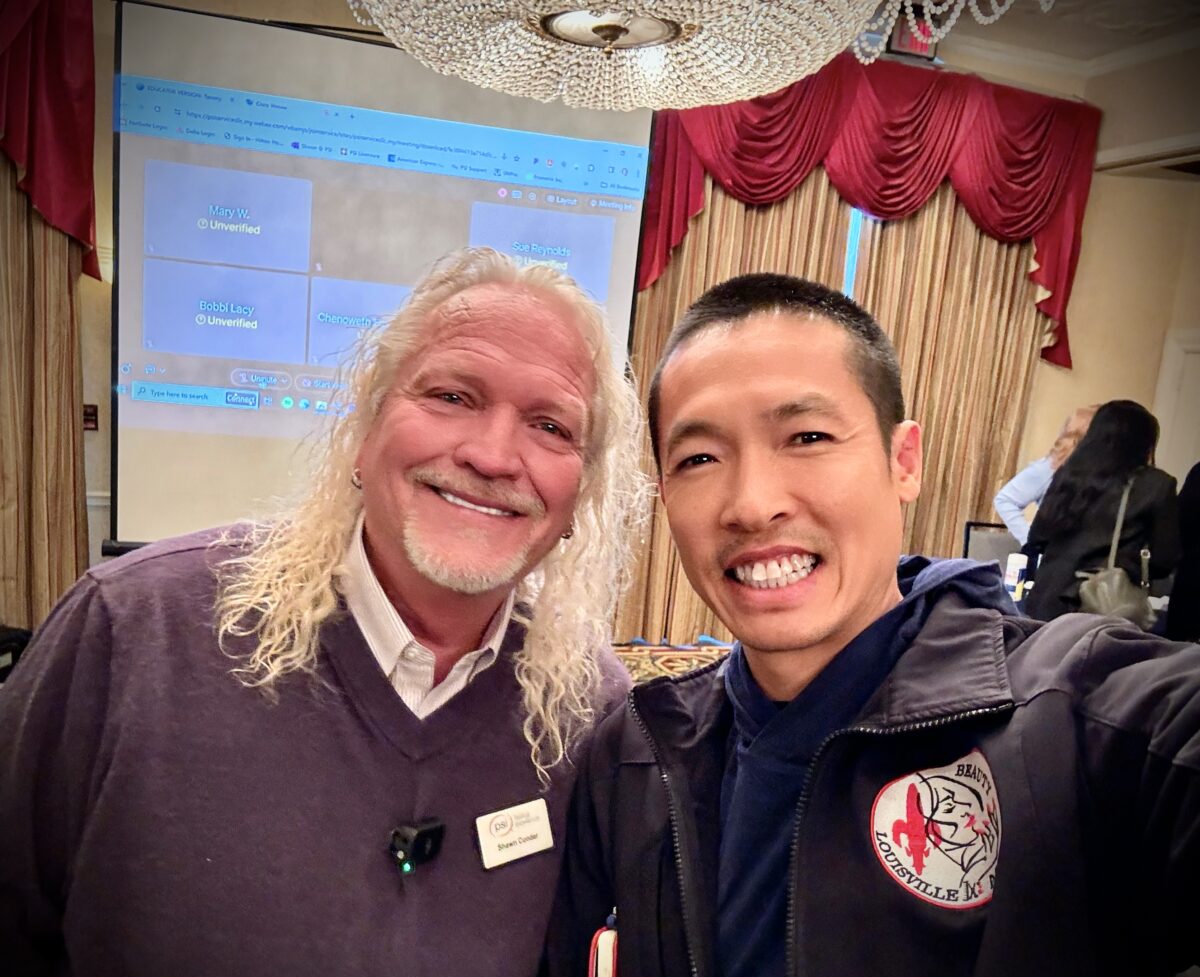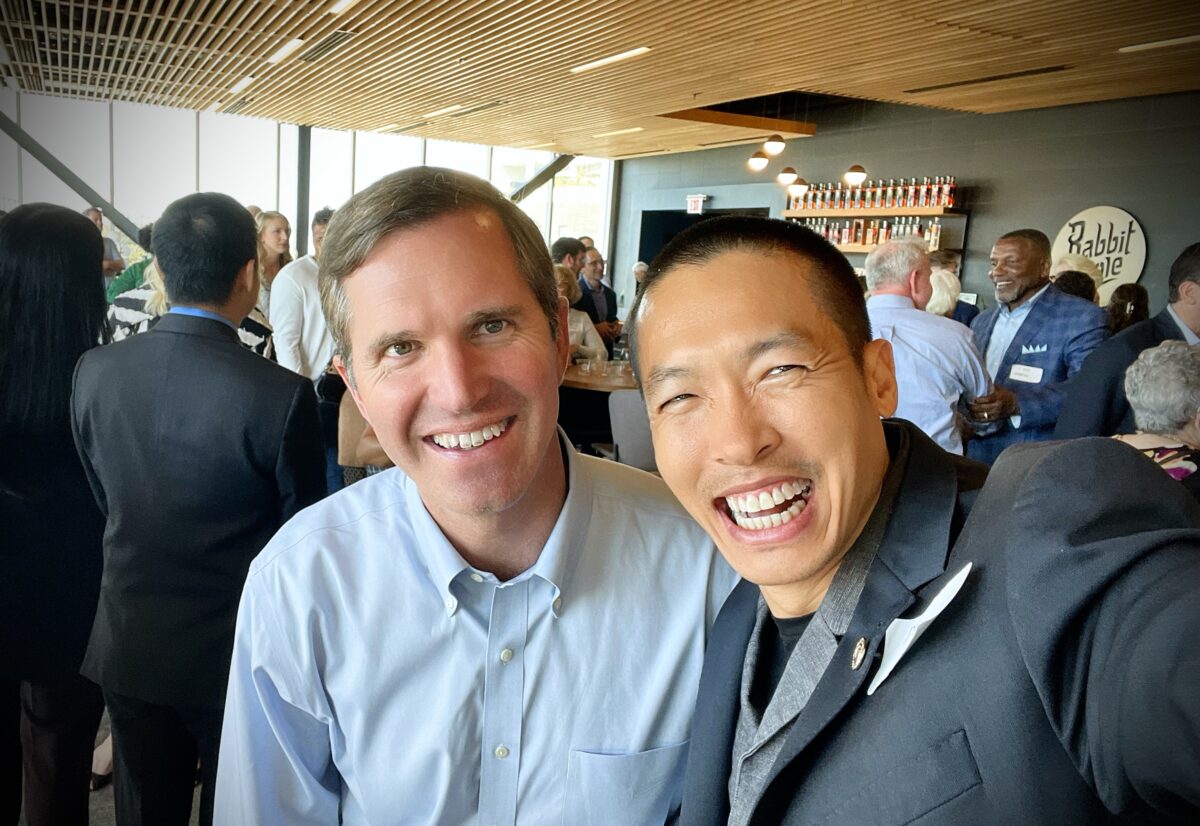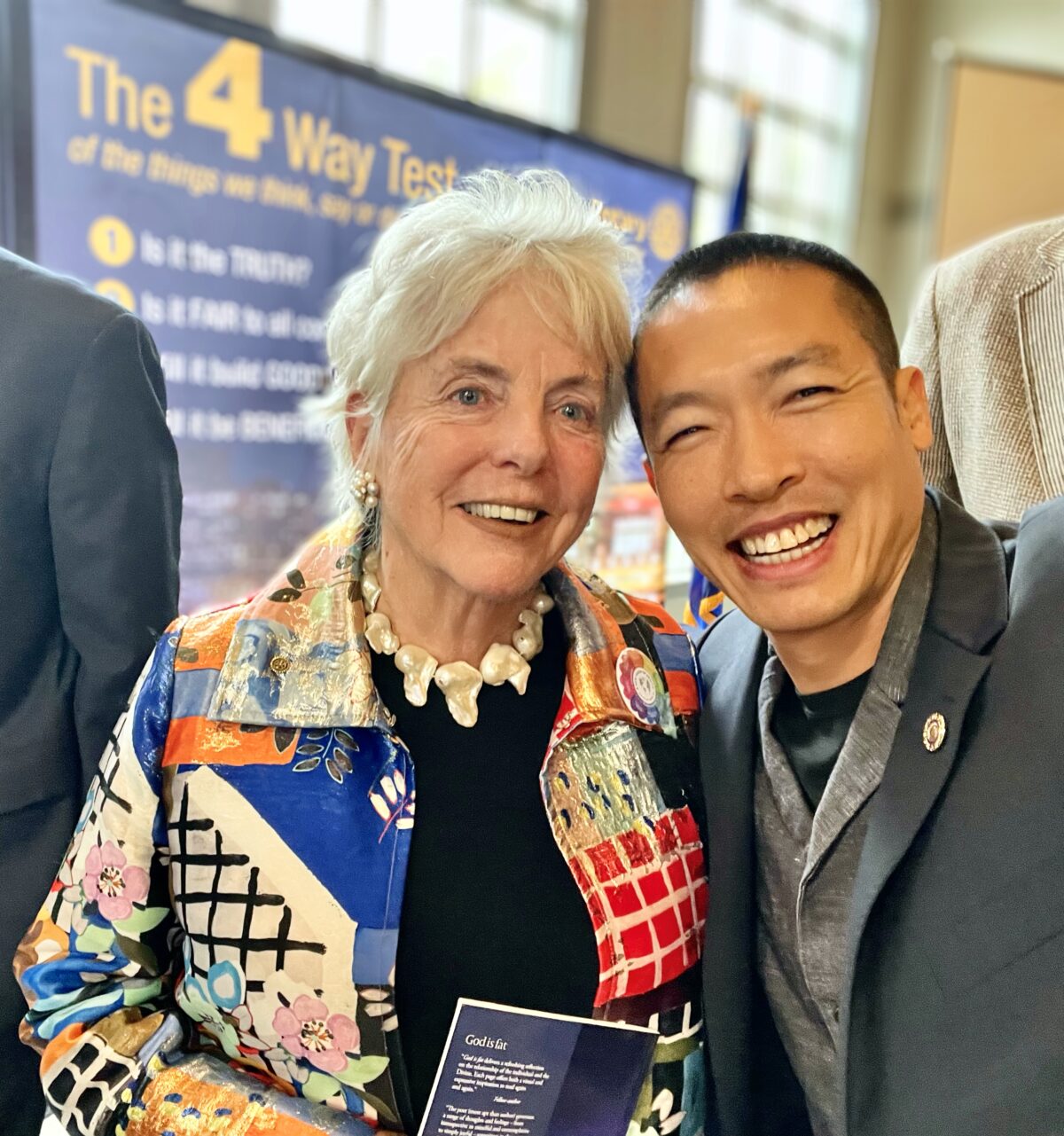In a remarkable unveiling, Di Tran introduced his inaugural bourbon expression, “BELIEF,” to an eager audience at a Tyler Park Neighborhood Association event in Highland Louisville, Kentucky. This limited release, with only 200 bottles crafted at a robust 122.48 proof or 61.24% alcohol by volume, has already captivated bourbon enthusiasts with its exceptional smoothness and rich profile.
Di Tran, a name now resonant with quality and innovation in the bourbon community, hosted the first tasting of BELIEF alongside esteemed company from legendary distilleries such as Maker’s Mark, Jefferson, The Barrel, and Jim Beam. The gathering was not just a showcase of fine spirits but also a heartfelt fundraiser for the nonprofit organization supporting local initiatives.
BELIEF, which stands out as a barrel-proof bourbon, remarkably defies expectations. It delivers a smoothness that belies its high proof, a testament to the craftsmanship behind its creation. The reaction at the tasting was unanimously positive, with guests expressing their surprise at its mellow character despite the high alcohol content. “Wow, it’s so smooth and does not taste at 122+ proof,” was the sentiment that echoed throughout the event.
Di Tran’s response to the glowing feedback from the supporters of the Tyler Park Neighborhood Association was a blend of humility and pride. “Thank you so very much, glad you like it because I love it,” he expressed, sharing a moment of genuine appreciation with the patrons who not only enjoyed his bourbon but also contributed to a noble cause.
The evening was a resounding success, with bottle #1 of the coveted 200 being savored to the last drop before the night concluded. Di Tran’s gratitude was palpable as he acknowledged the enthusiasm and support for his bourbon, which shone brightly even amongst a lineup of established brands.
BELIEF bourbon, through this event, has not only set a high bar for Di Tran’s future endeavors but has also established a new standard for barrel-proof bourbons in terms of smoothness and drinkability. As the bottles make their way into the hands of connoisseurs, BELIEF is poised to become a cherished addition to select liquor cabinets and a benchmark for upcoming releases in the artisanal bourbon space.











